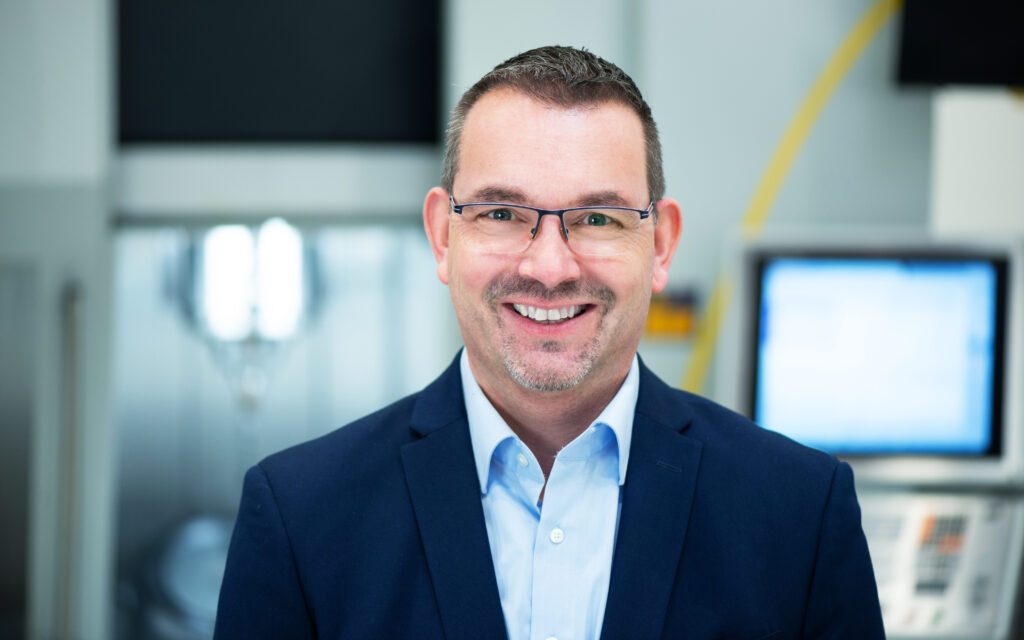It has been possible to replace numerous metal parts with plastic components as part of efforts to reduce the weight of electric vehicles and develop more fuel-efficient aircraft. Composites like CFRP or GFRP excel in terms of their high mechanical stability and low specific weight. The combination of properties required for a specific application means there are unique challenges associated with machining composite materials. This also applies to the machining of ceramic components made of zirconium dioxide used in dental prostheses, for example.
Here is a short list of non-metallic materials that are difficult to work:
- Kevlar: Kevlar is a brand name of DuPont that refers to a material spun from aramid fibers (aromatic polyamide). The main advantages of the material are the high tensile strength of its densely packed fibers and its high impact strength. The material is quite light and highly vibration-absorbent, making it suitable for use in components subject to impact and shock. When machining KFRP, there is a risk of delamination. This involves fraying of the cut edges, causing damage to the part. Conversely, due to their abrasive effects, the fibers wear down cutting tools if they are not specifically designed for this purpose.
- CFRP: The properties of different CFRP materials can be influenced by the choice of carbon fibres and how they are aligned in the material. With a density roughly 20 per cent that of steel, comparable strengths can be achieved with an accompanying 80 per cent reduction in weight. The fibres are embedded in thermoset or, increasingly, thermoplastic (re-fusible) plastic. Another property of CFRP is high fatigue resistance. The material is used in beams and body parts in the automotive, aerospace and medical equipment sectors. Delamination and high abrasiveness are other issues to consider when machining the material.
- GFRP: Glass fibres are embedded in plastic to create this composite material. GFRP is relatively stable and less expensive than CFRP. As with CFRP, issues include delamination and the abrasive effects on the cutting tool due to the extreme hardness of the glass fibres.
- Zirconium dioxide: Zirconium dioxide, or zirconia, is used in many areas of dentistry, such as in the production of implants, dental crowns, root posts and overdentures. The extreme hardness of the material makes it particularly difficult to machine.
As you can see, machining non-metallic materials poses a number of unique challenges. There is a high risk of delamination with fibre reinforced plastics, especially when the tool is plunged in and out, which takes the form of fraying and splintering. Hard materials such as zirconia cause tool wear. But with the high-quality cutting tools from ZCC-CT, it is possible to overcome these material-specific challenges encountered in milling, turning and drilling operations.










